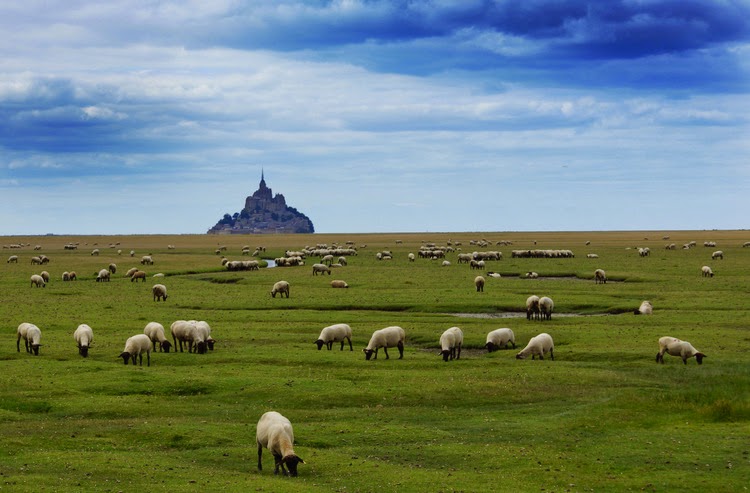 It is the largest
south-western French administrative region, near the Mediterranean
Sea, the Atlantic Ocean, the Pyrénées and Spain. Toulouse is the
county-town of this region composed by 8 départements: Ariège,
Aveyron, Haute-Garonne, Gers, Lot, Hautes-Pyrénées, Tarn and
Tarn-et-Garonne.
It is the largest
south-western French administrative region, near the Mediterranean
Sea, the Atlantic Ocean, the Pyrénées and Spain. Toulouse is the
county-town of this region composed by 8 départements: Ariège,
Aveyron, Haute-Garonne, Gers, Lot, Hautes-Pyrénées, Tarn and
Tarn-et-Garonne.In Midi-Pyrénées there is a rich fauna and flora. The wild nature, authentic cities, landscapes sometimes flat and sometimes hilly, the mountains and the proximity to the sea are the particularities of this region.
Several parks are located in Midi-Pyrénées amongst which one National Park and three Regional Parks.The region has numerous picturesque towns and villages. Taking into account the infrastructures in the mountain, onecan do rock climbing, hike or make a tour aboard of a hot air balloon.The hikes will allow you to discover beautiful landscapes, river valleys and prehistorical caves. The great cirques of the Pyrénées exist due to immense vanished glaciers. "Spectacular!" How else could one describe the Gavarnie cirque? It is the most famous one and is pervaded by the great waterfall (423m) which is the highest in continental France and one of the most impressive ones in Europe. The cirque is in Hautes-Pyrénées and has always astonished. Its reputation has been made along the 16th Century when it has been explored and Gavarnie became the birthplace of "pyrénéisme" (similar to alpinism).
 Lourdes, located in Hautes-Pyrénées, is
France's most popular sanctuary. Every year, six million pilgrims go
there to pray.
Lourdes, located in Hautes-Pyrénées, is
France's most popular sanctuary. Every year, six million pilgrims go
there to pray.
Rocamadour, a medieval city of the 11th Century is
build on the slope of a hill on three floors. Each social class had
its floor: the knights, the clergy and finally the working class.
The Bétharram caves are classified amongst the most beautiful and astonishing caves in France. Discovered in 1801, they were open to the public only a hundred years later. Now the public may see five lakes from different ice ages and interesting concretions.
The Bétharram caves are classified amongst the most beautiful and astonishing caves in France. Discovered in 1801, they were open to the public only a hundred years later. Now the public may see five lakes from different ice ages and interesting concretions.
 Cordes-sur-ciel is one the most beautiful villages of
France from the 12th Century be it because of its Gothic houses, its
protecting walls, the market place or its narrow streets.
Cordes-sur-ciel is one the most beautiful villages of
France from the 12th Century be it because of its Gothic houses, its
protecting walls, the market place or its narrow streets.Belcastel is a charming village with a castle from the 11th Century with stone houses on both sides of the river. The stone bridge over the Aveyron has been built in the 15th Century.Beside all these wonders, the region has 66 museums.Be it for its alcohols, its meats, its deli meats, its typical meals, its cheeses or cakes...Midi-Pyrénées offer an excellent gastronomy with classified or "appellation of origin" labelled products. Treat your taste buds!
For all these reasons the region attracts more and more tourists every year who are eager to discover these wonders.



































